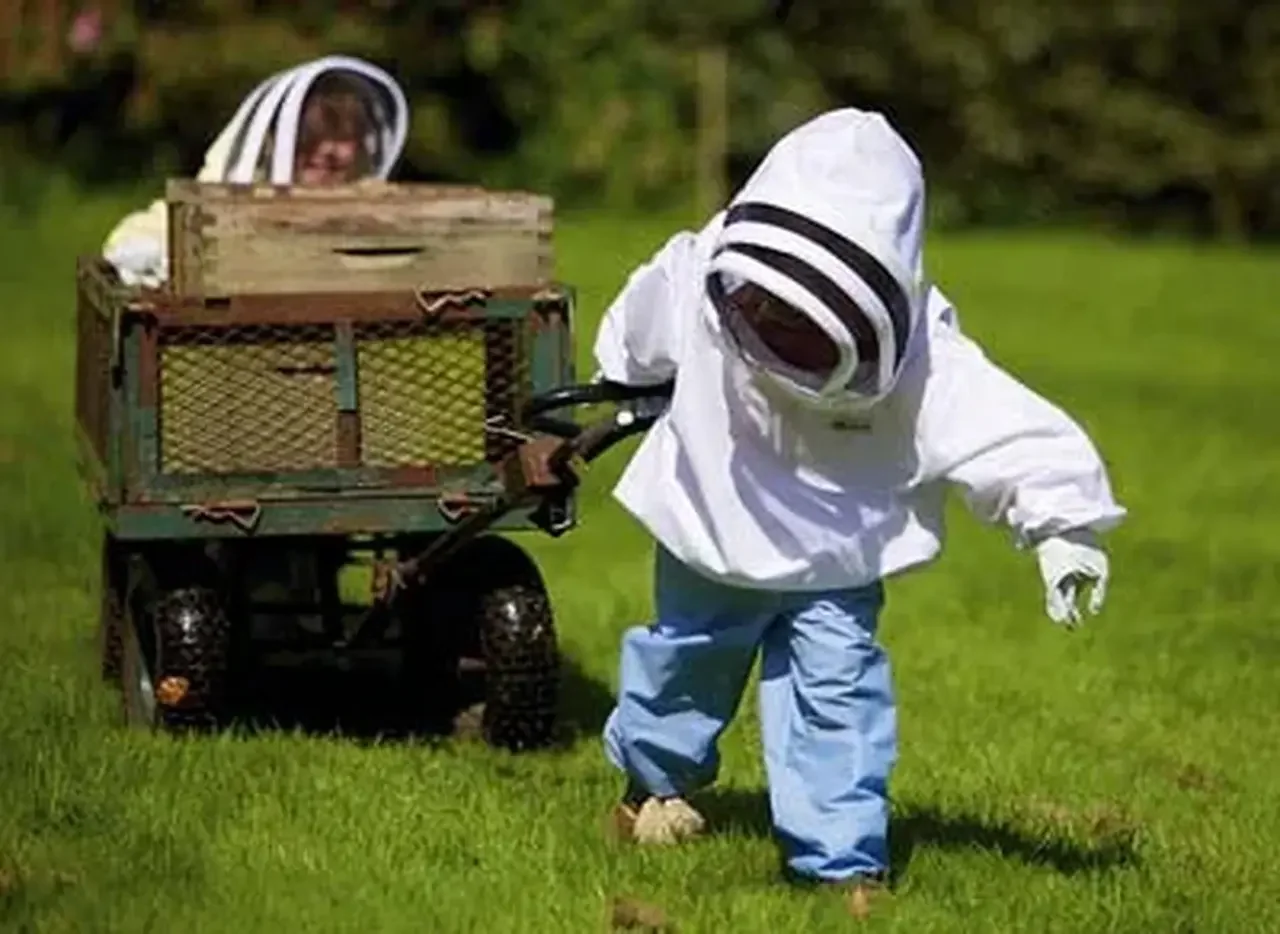Moving a beehive can be a daunting task, but with the right knowledge, beekeeping gears, and preparation, it can be done smoothly and safely. Whether you are relocating your hive to a better environment or simply moving it a short distance within your garden, understanding the best practices is crucial. In this guide, we will explore the steps and tips for a successful beehive relocation, ensuring both you and your bees experience minimal stress.
Preparing for Beehive Relocation
Importance of Planning Your Beehive Relocation
The first step in moving a beehive is thorough planning. Beehive relocation is not something to be done on a whim; it requires careful consideration and preparation. This includes understanding the reasons for the move, the distance the hive will be moved, and the ideal time to undertake the relocation.
Gathering Necessary Hive Moving Equipment
Before you begin the process of moving your bees, ensure you have all the necessary hive moving equipment. This includes:
- Protective Gear: Beekeeping suits, gloves, and veils to protect yourself from stings.
- Hive Straps: To secure the hive components together during the move.
- Smoke: To calm the bees and reduce agitation.
- Transportation Equipment: Such as a wheelbarrow or a sturdy vehicle to transport the hive.
Having the right equipment on hand will make the process safer and more efficient.

Choosing the Right Time for Beehive Transfer
Best Seasons and Times of Day for Moving Bees
Timing is crucial when moving a beehive. The best seasons for beehive relocation are early spring or late autumn when bee activity is lower, and temperatures are cooler. This minimizes stress on the bees and reduces the risk of losing foragers.
In terms of time of day, it’s best to move the hive either early in the morning before the bees become active or late in the evening when they have returned to the hive. This ensures that the majority of the bees are inside the hive, making the transfer smoother.
Understanding Hive Relocation Timing to Minimize Disruption
Planning the relocation around the bees’ natural behavior helps minimize disruption. Bees are sensitive to changes in their environment, so understanding their activity patterns and choosing the least disruptive time is essential for a successful move.
Ensuring Beehive Safety During the Move
Steps to Secure the Hive for Safe Beehive Transfer
Securing the hive properly is one of the most important steps in beehive relocation. Here are the steps to ensure a safe beehive transfer:
- Close the Hive Entrance: Use a hive entrance reducer or a piece of mesh to close the entrance, preventing bees from escaping during the move.
- Strap the Hive Components: Use hive straps to secure the hive boxes together, preventing them from shifting or falling apart during transportation.
- Use Smoke: Lightly smoke the hive entrance to calm the bees and reduce their agitation.
Tips for Minimizing Bee Stress During Transportation
Minimizing bee stress is crucial for their well-being. Keep the hive as stable as possible during transportation and avoid excessive jostling. Cover the hive with a damp cloth to keep it cool and prevent overheating. Ensuring the hive is well-ventilated during the move is also important to maintain a healthy environment inside the hive.
Transporting the Beehive
Best Practices for Beehive Transportation
Transporting the beehive requires careful handling to avoid disturbing the bees. Here are some best practices for beehive transportation:
- Use a Stable Platform: Place the hive on a stable platform, such as a wheelbarrow or the back of a truck, to keep it steady during the move.
- Drive Smoothly: If you’re transporting the hive by vehicle, drive smoothly to avoid sudden jolts or bumps that could disrupt the hive.
- Secure the Hive: Ensure the hive is securely fastened to the platform to prevent it from shifting or tipping over.
Safety Precautions for Both the Beekeeper and the Bees
Safety should be a top priority during the move. Wear your beekeeping suit and other protective gear to protect yourself from stings. If possible, have a helper to assist with the move, making the process easier and safer. Additionally, keep a first aid kit on hand in case of any stings or accidents.
Setting Up the New Hive Location
Preparing the New Hive Location for a Smooth Transition
Choosing and preparing the new hive location is crucial for the bees’ successful adjustment. Here are some tips for preparing the new site:
- Location: Choose a location that provides morning sunlight and afternoon shade, with good ventilation and protection from strong winds.
- Stability: Ensure the ground is level and stable to support the hive.
- Accessibility: Make sure the hive is easily accessible for regular maintenance and inspections.
Ensuring the New Location Meets All Necessary Requirements
The new hive location should meet all the bees’ needs, including access to water and forage. Ensure there are no pesticides or chemicals in the vicinity that could harm the bees. By providing a suitable environment, you help the bees adjust quickly and continue their activities without disruption.
Post-Move Care and Monitoring
Immediate Steps to Take After the Beehive Relocation
Once the hive is relocated, there are several immediate steps to take to ensure the bees settle in well:
- Open the Hive Entrance: Remove the entrance reducer or mesh to allow the bees to start foraging and orienting themselves to the new location.
- Inspect the Hive: Conduct a brief inspection to ensure everything is in place and the bees are calm.
- Monitor Activity: Observe the hive for signs of stress or unusual behavior, such as excessive buzzing or clustering outside the hive.
Ongoing Monitoring to Ensure the Bees Settle In Well
Regular monitoring is essential in the days and weeks following the move. Check the hive frequently to ensure the bees are settling in and resuming their normal activities. Look for signs of healthy brood, active foragers, and stored pollen and nectar. If you notice any issues, address them promptly to support the bees’ adjustment to their new home.
Conclusion
Moving a beehive requires careful planning, the right equipment, and attention to detail. By following the best practices outlined in this guide, you can ensure a smooth and successful beehive relocation. Remember to consider the timing of the move, secure the hive properly, and prepare the new location thoroughly. With proper care and monitoring, your bees will quickly adapt to their new environment and continue to thrive. Whether you’re a seasoned beekeeper or new to the practice, these tips will help you navigate the process with confidence and ensure the well-being of your bees. Additionally, if you involve young helpers, make sure they are equipped with children's beekeeping suits to ensure their safety during the process.



Leave a Comment